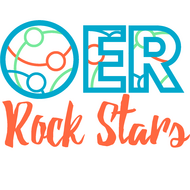Build and Test a Model Solar House
(View Complete Item Description)Construct and measure the energy efficiency and solar heat gain of a cardboard model house. Use a light bulb heater to imitate a real furnace and a temperature sensor to monitor and regulate the internal temperature of the house. Use a bright bulb in a gooseneck lamp to model sunlight at different times of the year, and test the effectiveness of windows for passive solar heating.
Material Type: Activity/Lab, Assessment, Diagram/Illustration, Lecture Notes, Student Guide




















